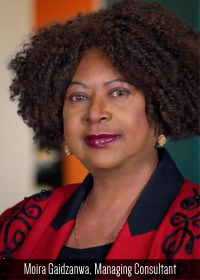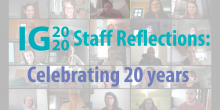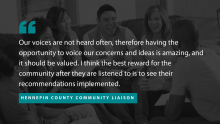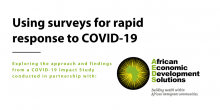The Improve Group will be closed for part of Tuesday, November 3 and Wednesday, November 4.
2020 has brought unexpected challenges and opportunities. As such, this year’s U.S. election process and outcome feel particularly weighty. To recognize the demand they are placing on each of us, The Improve Group will be closed from 2pm Tuesday, November 3 (Election Day) and reopening at 11am on November 4 (day after election day). Thank you for your patience with us!
We shared the first Olmstead Quality of Life Survey brief with you last month—these are short reports to prepare people to understand and use findings of the second follow-up study, which we’re currently implementing. This month, we’re excited to share the second brief, which explains the survey’s focus on decision-making.
Can you think of how many times you get out of the house, engage with your community, and see friends? This is an important indicator of quality of life and one that has changed for all of us amid COVID-19. This is also one of the topics we ask Minnesotans with disabilities about for the State of Minnesota’s Olmstead Quality of Life Survey. The survey measures progress toward the state’s Olmstead Plan goal of ensuring people with disabilities are living, learning, working, and enjoying life in the most integrated setting.
 As we began seeing COVID-19 have more and more of an impact locally, we also began hearing from clients about its impacts to their work. I want to share a story about a partnership with a local nonprofit to use data to inform their COVID-19 community response.
As we began seeing COVID-19 have more and more of an impact locally, we also began hearing from clients about its impacts to their work. I want to share a story about a partnership with a local nonprofit to use data to inform their COVID-19 community response.
Problem
As the world continues to confront the uncertainties and challenges posed by the COVID-19 pandemic, many governmental agencies, foundations, nonprofits, and businesses have shifted their energy and resources to rapid response efforts to the urgent and unexpected needs that have arisen in recent months.
Here’s a situation you may be in right now: You, your colleagues, and stakeholders spent a lot of time and energy developing a thoughtful, forward-thinking strategic plan to guide your organization as it grows and evolves in the future.









 Hello!
Hello!
